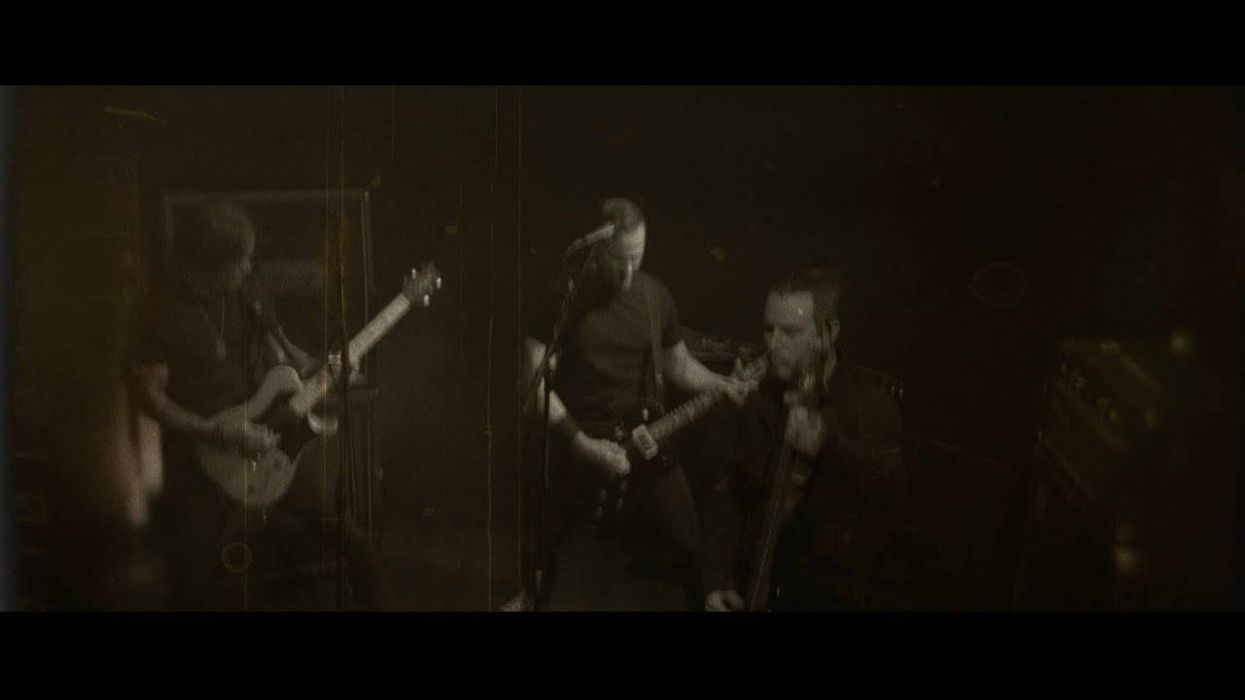Chops: Intermediate
Theory: Beginner
Lesson Overview:
• Create riffs in the style of Stevie Ray Vaughan, Johnny Winter, and other Texas blues greats. • Learn to combine rhythm and leads into a cohesive style. • Develop a better sense of how to accompany a vocal.
Click here to download a printable PDF of this lesson's notation.
It’s no surprise that over the last century, blues music has split into dozens of subgenres across the globe. Very few are as instantly iconic and recognizable as the tight shuffles heard in Texas blues. Born from the blues and gospel influence of Blind Lemon Jefferson, this Southern blues style would go on to be synonymous with the careers of T-Bone Walker, Johnny Winter, Albert Collins, ZZ Top, and of course, Stevie Ray Vaughan. Check out the classic rhythm part in SRV’s “Pride and Joy” below:
While the lead guitar side of modern Texas blues has influenced hundreds of fantastic players since it exploded in the early ’80s, many would argue that the rhythm guitar aspect of the genre is just as important in expressing that Lone Star sound.
In our first example (Ex. 1), we’ll simply descend through the G blues scale (G–Bb–C–Db–D–F) to highlight the importance of how you play the notes. For the first two measures I’ve played the idea cleanly, just picking the intended notes. But in the second two measures I’ve been a little more authentic to the style by strumming all the strings. The trick is to keep extraneous noise to a minimum by wrapping your fretting-hand thumb over the neck to mute unwanted low strings, while using the underside of your fretting-hand finger to mute higher strings. While I’ve reflected this in the tab, you wouldn’t expect this in a real transcription—the idea is to just dig in. Now you know how to make that work!
Click here for Ex. 1
Ex. 2 blends rhythm guitar and lead guitar fills to create a groovy, foot-tapping 12-bar blues phrase. This concept works as long as you keep the fill simple. You can punctuate the harmony by alternating measures between the rhythm and lead sections. You can hear ideas like this taken to the next level on Stevie’s “Scuttle Buttin’,” and it’s even the basis of rock tunes like “Jibboom” by Steve Vai!
Click here for Ex. 2
SRV’s “Cold Shot” is the inspiration for Ex. 3. We’ve got a constant eighth-note shuffle here, and the key to playing this well is the strumming motion. Watch any video of Stevie and you’ll see his hand moving in a big oval, which helps keep him in time. I’ve also added a trill to the second chord stab that brings some real attitude to the passage. For the D7#9, I’d recommend playing down, down, up, though it’s worth mentioning I’m ghosting that downstroke strum on the downbeat.
Click here for Ex. 3
Our final example (Ex. 4) is closer to the style you’d expect behind a vocal. This is very important because it’s easy to overplay when you’re not paying attention to what’s the most appropriate option. We’re just hitting chord stabs on the upbeat, so spend time getting in the pocket with the drums and bass to really sound solid. Make every stroke count!
























